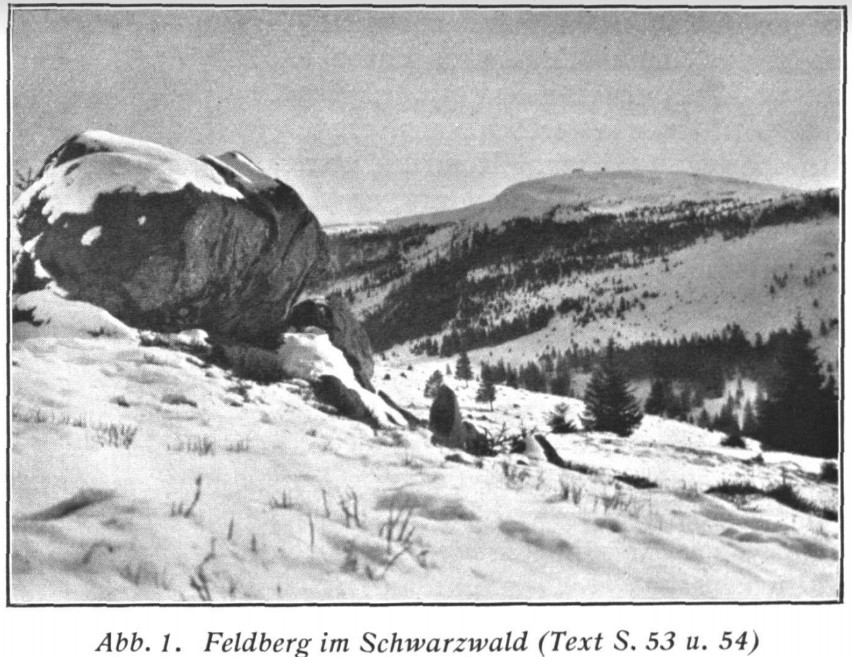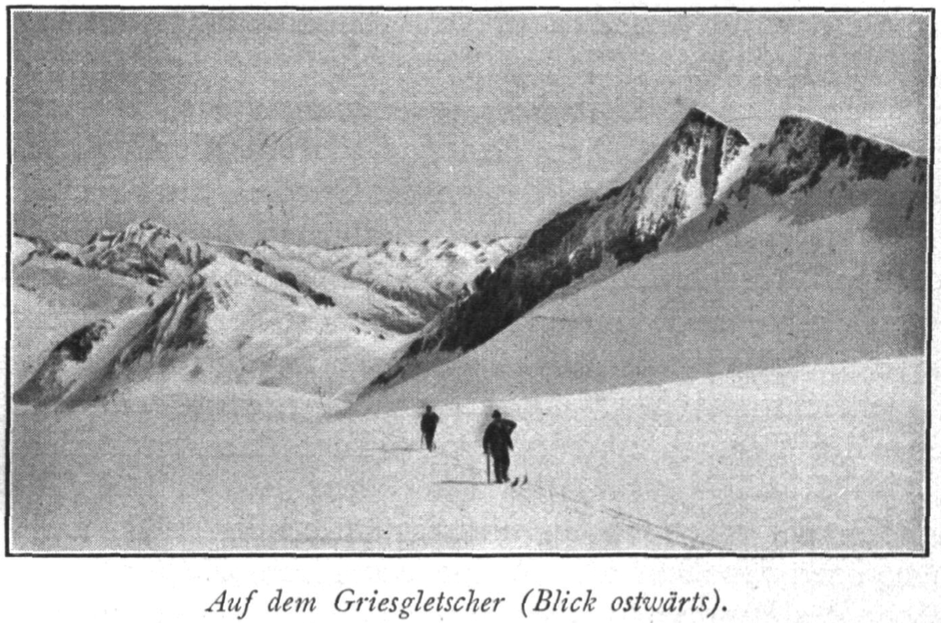Ten winters with skis in the mountains
by Henry Hoek
You bring with you the images of happy days, And some dear shadows rise.
Goethe
Skiing and alpinism have been juxtaposed as neatly separate concepts, just as man has a preference for the sense of power of division. But as soon as one wants to write about skiing "in itself", about skiing detached from all relation, one encounters a peculiar difficulty: this detachment is almost impossible. And the relationship between alpinism and skiing, between skiing and the mountains, proves to be the most difficult to resolve. The fruit of this relationship is the subject of the following essay, which deals with skiing in the mountains. It is therefore only natural that the introduction should briefly mention this relationship itself, which has been judged so differently depending on the observer's point of view. The reader may ask to be informed of the author's point of view.
Not as if there were not already many such discussions! The complaint has often been made, for example: Skiing has detracted from the execution of really good winter alpine tours. And it has not fulfilled the hope that this loss of quality would be compensated for by a sharp increase in less difficult alpine tours. These complaints are partly unjustified, partly based on a lack of knowledge of skiing and the winter high mountains. The expected strong increase in large alpine tours will and must always fail to materialize; summer figures will never be reached here, not even close. The reason for this is by no means, as one often hears, the "purely sporting" pursuit of skiing, what is meant by the words "running, jumping and swinging". The fact that this is not the case, that the vast majority of skiers make little of this activity and gear, is proven by the huge increase in sub-alpine trips alone. The fact is that many mountaineers who take up skiing find plenty of physical exertion, danger, mental exertion and sporting activity on these sub-alpine doors, which they are used to achieving on summer high-altitude tours of medium "quality"; real high-altitude ski tours can only be enjoyed by a small minority - and only on a small selection of days.
And whether the quality of winter high-altitude tours has really declined would also have to be investigated first. What is certain, however, is that the Finsteraarhorn, Jungfrau, Monte Rosa, Strahlhorn, Mont Blanc, etc. have never been climbed so often in winter as when skis were used, and especially never by such small, often unguided sections. These are certainly quite respectable high-altitude tours, for whose sake it can be forgiven that some real climbs were not carried out. But the sulky representatives of pure alpinism would otherwise have reason not to be too angry that so many of their number have fallen for the long poles.
I'll leave aside the fact that skis have actually become a technical aid, similar to crampons and climbing shoes. Something else should be explained here. It is quite fair to say that skiing is essentially mountaineering, is mountaineering as soon as you leave the mass training ground, is mountaineering insofar as problems are constantly being posed that need to be solved, questions constantly being raised that need to be answered. Of course, it very much depends on what you mean by "mountaineering". But if you include climbing the sandstone towers of Saxon Switzerland, it is hard to see why a hike over the Krkonoše ridge in a snowstorm should not be included, or why a descent down a difficult, dangerous, torn Black Forest slope should not be included.


